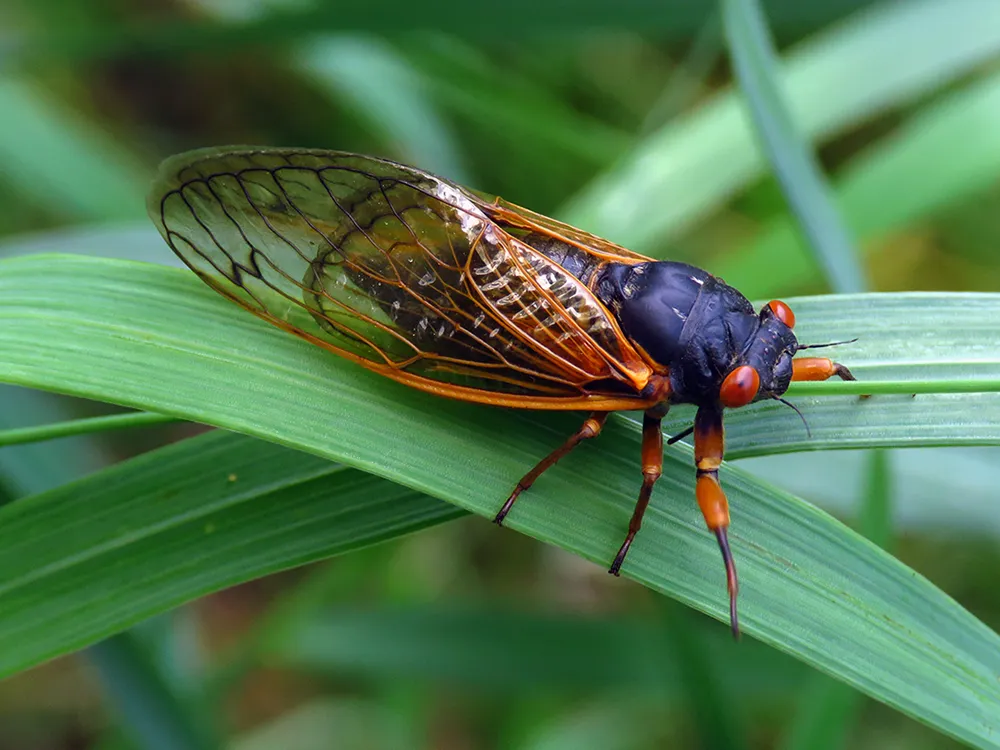Morbid Winter Coca Cola Ads
Coca-Cola’s annual winter ads depict a polar bear family enjoying the holiday spirit. Coca-cola has also been awarded the top plastic polluter in the world, with more pollution than the following three behind for the second consecutive year. “The most common types of plastic found [are] polycarbonate, polylactide, acrylic, acrylonitrile butadiene, styrene, fibreglass, and nylon, followed by Polyethylene terephthalate. Plastic bags (59,168), sachets (53,369), and plastic bottles (29,142) constituted the top three most common plastic items. Coca-Cola was responsible for 11,732 pieces of plastic litter across 37 countries in four continents. After Coca-Cola, the next contributors to the plastic pollution were Nestle, PepsiCo, Mondelez International purveyor of snack brands like Oreo, Ritz, Nabisco, and Nutter Butter and Unilever” (The Local Indian).
Coca-cola has stated that they are making attempts to become a more green company but has not yet shown it. The inclusion of their yearly ads, I believe, is a morbid touch. The pollution of our oceans leaves ocean habitat to perish and affects polar bears deeply. The melting of the ice caps along with the lack of food causes polar bears to starve. “Because polar bears feed almost exclusively on ice-associated seals, changes in the sea ice that affect access to prey will have a negative effect on the bears. In particular, if more snow falls, polar bears are less successful at breaking into the birth lairs of ringed seals. If too little snow falls, ringed seal pups are born on the sea ice without a lair and this makes them very vulnerable to predation by polar bears and arctic fox. With less food, polar bears will fail to reproduce more often and give birth to smaller young that have higher mortality rates.” (http://pbsg.npolar.no/en/issues/threats/climate-change.html).




















